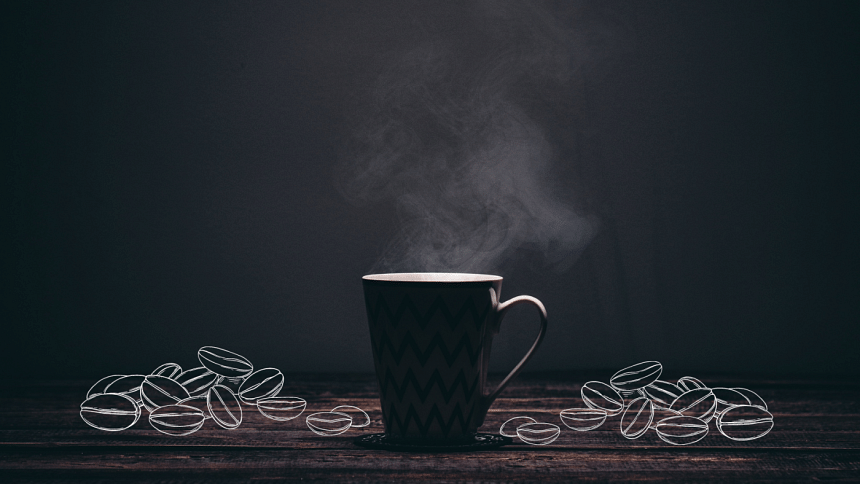6 tips to help reduce your caffeine intake

We all occasionally enjoy a soothing cup of tea or a warming mug of coffee during the day to keep ourselves energised and refreshed. It is the caffeine in these beverages that keeps us awake and focused. However, it's easy to become over-dependent on caffeine and lose track of your daily intake.
About 400 milligram of caffeine is considered safe, which is around four-five cups of coffee or tea. While it keeps us alert and focused, consuming more can certainly make you jittery and anxious, and rid you of a good night's sleep.
Reducing caffeine intake comes with its withdrawal symptoms and other side effects like headaches, drowsiness, decreased contentedness, depressed mood, difficulty concentrating, irritability, and feeling foggy and disoriented. However, once you make it past the first ten days, the benefits could be even more refreshing.
Here are 6 steps to reduce your caffeine intake:
Start small
Instead of quitting cold turkey, start by lowering your daily intake. You can opt for a smaller mug than your usual or fill your mug half-way through. Drink plenty of water to stay hydrated.
Take power naps
Taking a power nap helps to battle the grogginess that comes with cutting back on caffeine. Napping has numerous advantages, including improved mood, attentiveness, and performance. However, that does not entail taking a nap every hour since that is more likely to interfere with your nighttime slumber. Try taking power naps during your work breaks or when you start feeling drowsy but do so earlier on during the day.
Opt for substitutes
The common substitute for caffeinated drinks and coffee is decaf but there are other beverages you can opt for which will give you the same results. Green tea or herbal tea is considered to be superior to coffee not just in terms of bodily benefits but also mentally. A cup of green tea can give you the same refreshed mood, energy, and alertness as coffee but without the caffeine. For those who struggle with insomnia and anxiety, this might pose as a suitable alternative.
Green tea is an acquired taste and you might not like it at first, but it tends to grow on you gradually. You can try adding flavourings like honey, mint, lemon, fruit extract, and so on to better fit your taste buds.
Hydration is key
Make your water intake greater than your caffeine intake. If you consume a lot of caffeine on a regular basis, lowering your intake can still cause withdrawal symptoms such as headaches or nausea, but staying hydrated by drinking plenty of water will help. Additionally, drinking water will keep your hands and mouth busy while you are craving some coffee or tea.
Exercise
Exercise is often the solution to everything when trying to be healthier. Fitting in short runs or walks in your day might help you stay awake while lowering your caffeine intake, and help reduce fatigue and increase energy. It also acts as a good way to manage your caffeine cravings.
Set a caffeine window
Give yourself permission to drink certain cups of caffeinated beverages within a specific time frame. In that way, you have something to look forward to and also get in your caffeine kick. However, be sure to keep your window at least six hours away from your bedtime.
At the end of the day, caffeine affects everyone differently. While it certainly has its benefits, too much of a good thing is never wise. Trying to balance your caffeine consumption and avoiding dependency is a way to moderate how much you consume and keeping health in check.

 For all latest news, follow The Daily Star's Google News channel.
For all latest news, follow The Daily Star's Google News channel. 








Comments